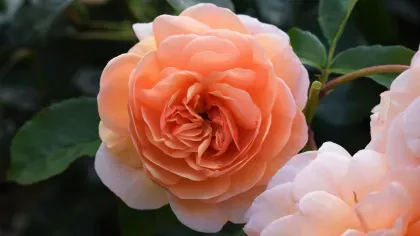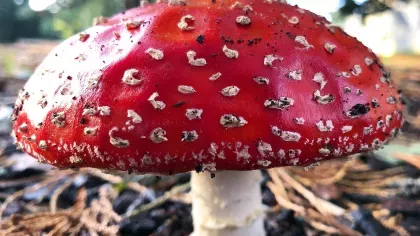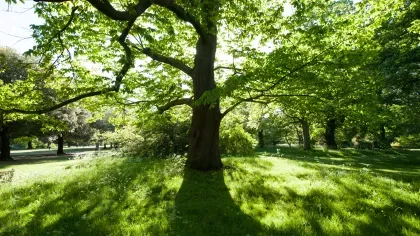29 January 2021
Quiz: Test your winter plants wisdom
Take our quiz to see if you’re a mastermind on winter plants.

Winter is much more than just a season of hibernation and dormant plants.
From colourful flowers to evergreen foliage, the natural winter landscape has many beautiful features and surprises.
Have a go at the following 15 questions to test your winter plants knowledge. See the answers at the bottom of the page to find out if you're a seasonal expert or amateur...
1. Name the plant species in the picture below.
A. Alder (Alnus glutinosa)
B. Sycamore (Acer pseudoplatanus)
C. Holly (Ilex aquifolium)
D. Wild cherry (Prunus avium)

2. Which of the following trees keeps its leaves in winter?
A. Juniper (Juniperus communis)
B. Sessile oak (Quercus petraea)
C. Horse chestnut (Aesculus hippocastanum)
D. Common lime (Tilia x europaea)

3. Which winter vegetable tastes sweeter when harvested in cold, frosty weather?
A. Brussels sprouts
B. Carrots
C. Parsnips
D. Kale

4. Which of the following plants flowers during winter?
A. Witch hazel (Hamamelis)
B. Wisteria (Wisteria)
C. Tulip (Tulipa)
D. Ornamental onion (Allium)

5. When do snowdrops usually flower?
A. Only in December
B. January to March
C. March to May
D. November to January

6. These berries can be found growing on which tree in winter?
A. Strawberry tree (Arbutus unedo)
B. Rowan (Sorbus aucuparia)
C. Elder (Sambucus nigra)
D. Blackthorn (Prunus spinosa)

7. In the wild, alpine plants spend the winter dormant. How do they stay dry and protected from extreme temperatures?
A. By tucking themselves into a tight ball
B. By growing deep underground
C. By forming a colony with other alpines
D. By being buried under a blanket of snow
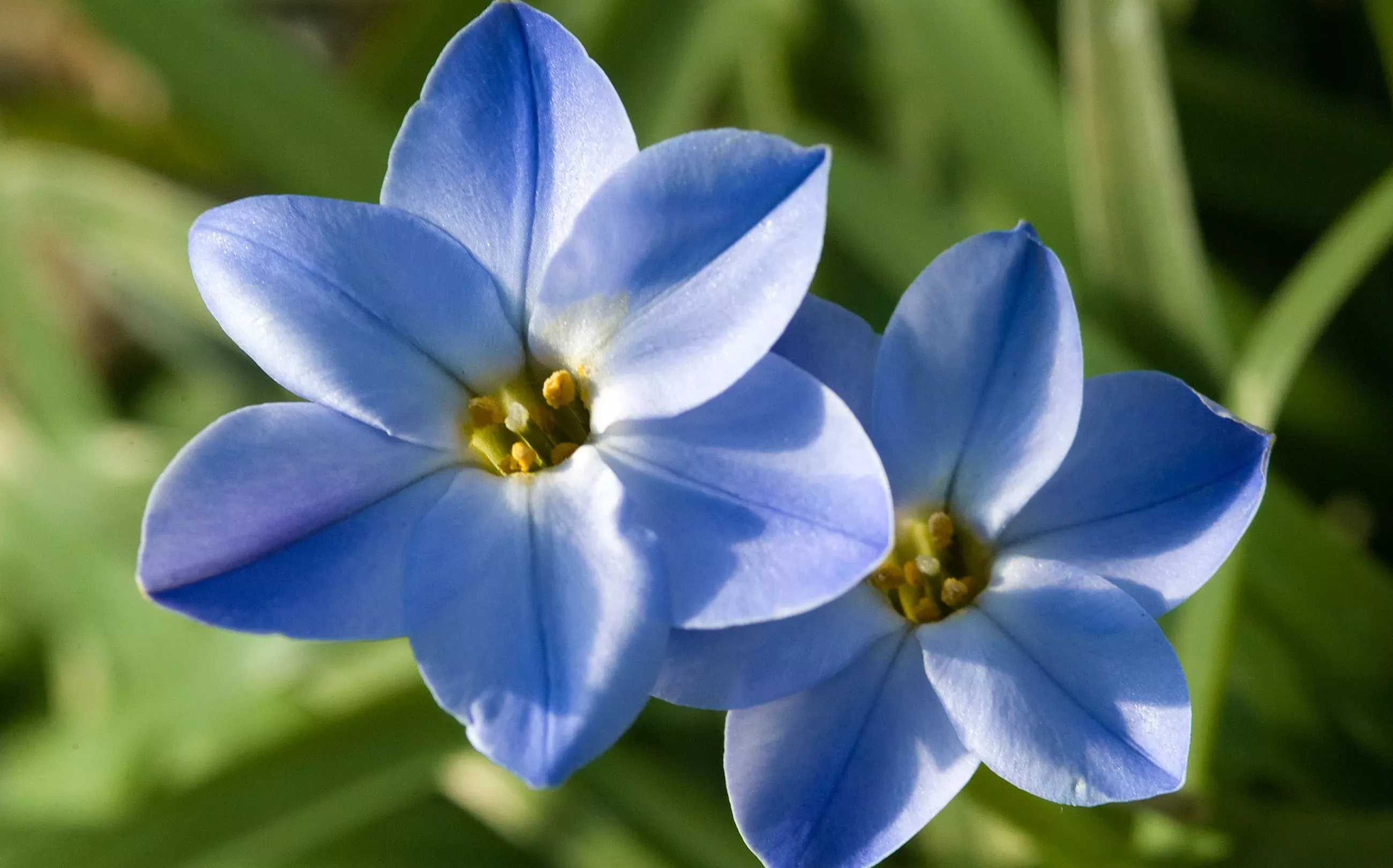
8. Conifer trees are typically evergreen. What does the Latin-derived word ‘conifer’ mean?
A. Needle-leaved
B. Cone-bearing
C. Growing in a forest
D. Connected fir leaves
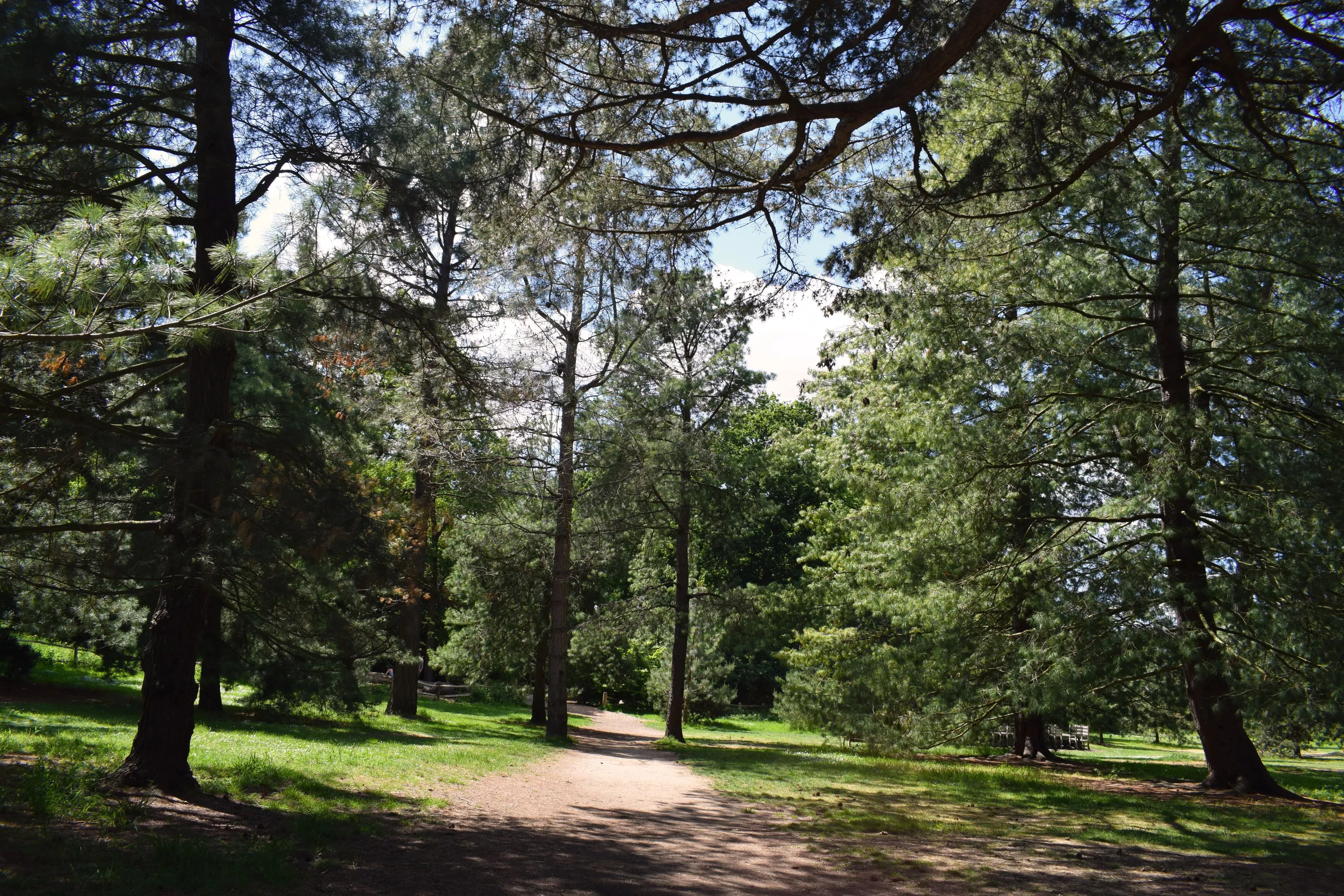
9. Which of these winter-related plants is a parasite on trees?
A. Cyclamen
B. Heather
C. Mistletoe
D. Holly

10. How is the Scots pine (Pinus sylvestris) unique?
A. It is the only conifer that sheds its leaves
B. It is the smallest pine tree in the world
C. It is the only pine tree with broad leaves
D. It is the only pine tree native to Britain

11. What is the common name of the genus Cornus, pictured below in winter?
A. Dogwood
B. Rhododendron
C. Aloe
D. Dahlia

12. How many years can a holly tree (Ilex aquifolium) live for?
A. 80 years
B. 300 years
C. 700 years
D. 1,000 years
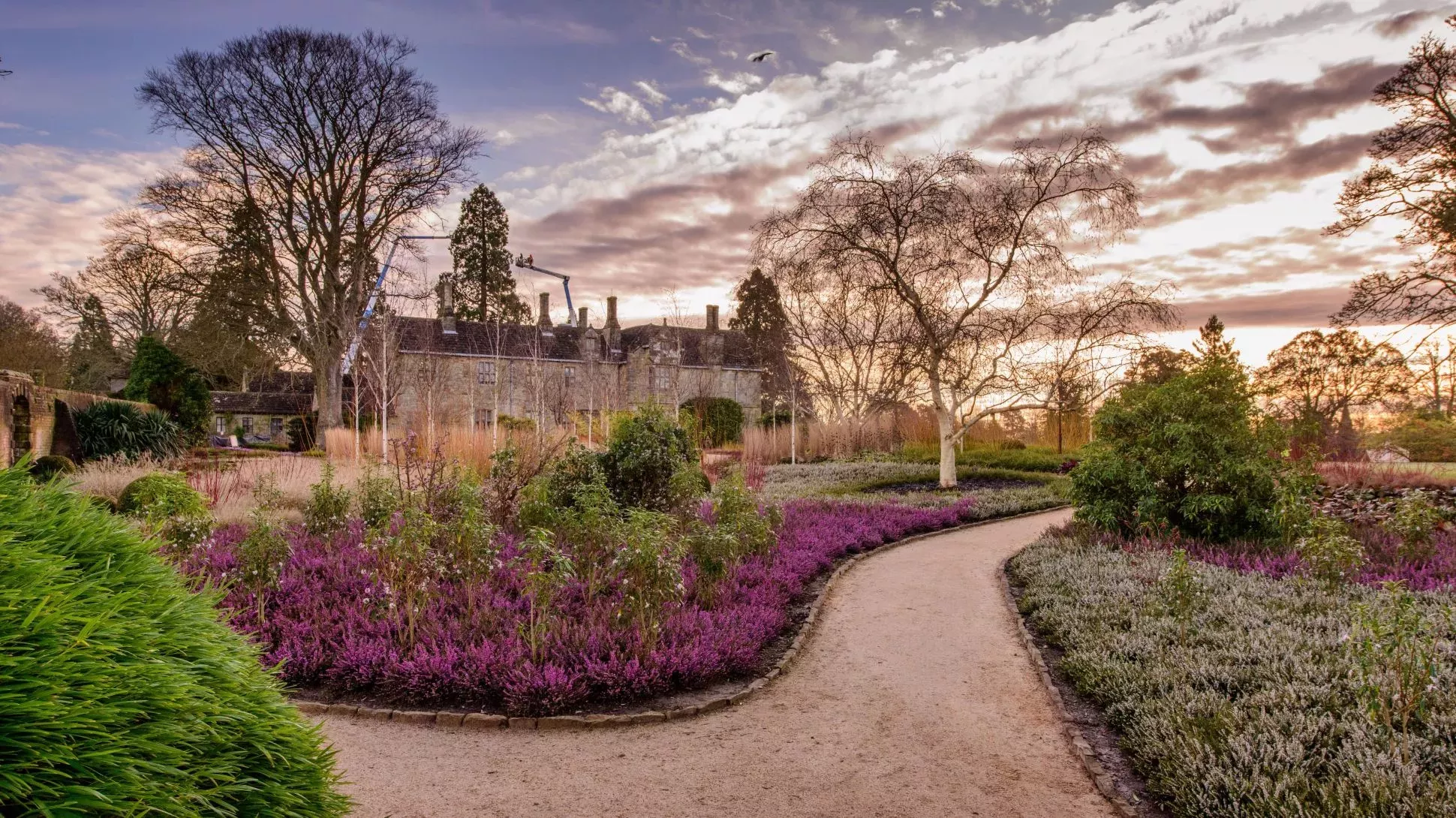
13. Wakehurst is home to the UK's tallest living Christmas tree. What is its height?
A. 12 metres
B. 20 metres
C. 37 metres
D. 56 metres

14. The winter bark in the picture below belongs to which tree species?
A. Yew (Taxus baccata)
B. Norway spruce (Picea abies)
C. London plane (Platanus x hispanica)
D. Silver birch (Betula pendula)

15. What is the scientific name of the common snowdrop?
A. Narcissus pseudonarcissus
B. Galanthus nivalis
C. Coffea arabica
D. Hyacinthoides non-scripta

Answers
1. Name the plant species in the picture below.
C. Holly (Ilex aquifolium)
Discover the hidden mysteries of holly
2. Which of the following trees keeps its leaves in winter?
A. Juniper (Juniperus communis)
Take a virtual gallery tour of winter oak drawings
3. Which winter vegetable tastes sweeter when harvested in cold, frosty weather?
C. Parsnips
Learn more about why parsnips taste better in winter
4. Which of the following plants flowers during winter?
A. Witch hazel (Hamamelis)
See witch hazel and more winter colour in our seasonal photography
5. When do snowdrops usually flower?
B. January to March
Find out more facts about this winter favourite
6. These berries can be found growing on which tree in winter?
B. Rowan (Sorbus aucuparia)
Read up on winter wildlife in your garden
7. In the wild, alpine plants spend the winter dormant. How do they stay dry and protected from extreme temperatures?
D. By being buried under a blanket of snow
Discover more about alpine plants in our Rock Garden film
8. Conifer trees are typically evergreen. What does the Latin-derived word ‘conifer’ mean?
B. Cone-bearing
Visit our Pinetum at Kew and Wakehurst
9. Which of these winter-related plants is a parasite on trees?
C. Mistletoe
Unearth more surprising facts about mistletoe
10. How is the Scots pine (Pinus sylvestris) unique?
D. It is the only pine tree native to Britain
11. What is the common name of the genus Cornus, pictured below in winter?
A. Dogwood
Watch our film of the Winter Garden at Wakehurst
12. How many years can a holly tree (Ilex aquifolium) live for?
B. 300 years
Learn about more festive plants
13. Wakehurst is home to the UK's tallest living Christmas tree. What is its height?
C. 37 metres
Swot up on more Christmas tree facts
14. The winter bark in the picture below belongs to which tree species?
D. Silver birch (Betula pendula)
Explore Wakehurst's national birch collection
15. What is the scientific name of the common snowdrop?
B. Galanthus nivalis
Your score
Add up your score out of 15 to see if you're an expert or amateur...
11 or above: Your winter plants wisdom is wonderful!
6 to 10: Great effort, you've got reason for this cold season
1 to 5: Nice try but there's room for growth
0: Your knowledge is like a deciduous tree in winter: bare
Let us know how you did on our Kew Facebook, Twitter or Instagram, or Wakehurst Facebook, Twitter or Instagram.

